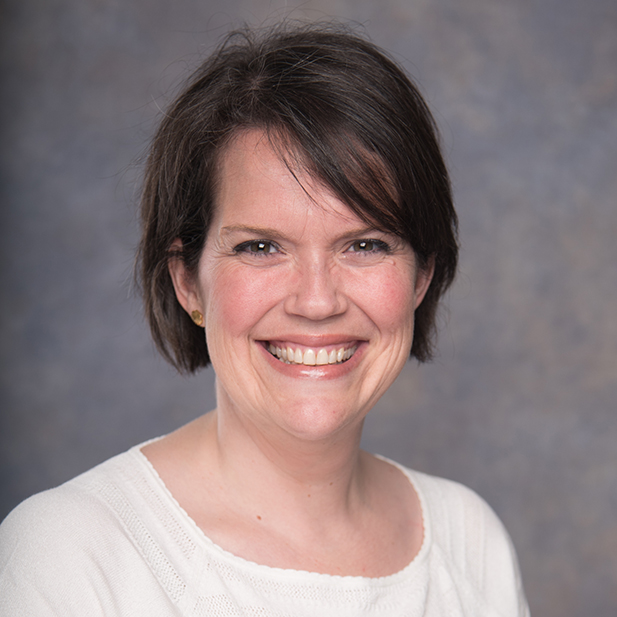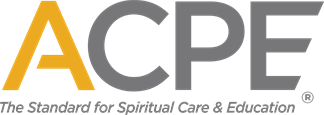Integration and Disintegration

In the process of becoming a Certified Educator, integration is valued above most else. Is there congruence between who you say you are and how others experience you? Between your theoretical foundations and your practice of spiritual care and education? Is your sense of self coherent enough and big enough to withstand ambiguity, and to make space for the unexpected that arises from within or without? Leaning on the integrity at its root, do we approach the world with both honesty and a sense of our wholeness? The process and principle of integration is so central to our work, it is difficult to imagine it might be otherwise.
As we enter month 20 of the pandemic, I’ve been reflecting on the space in which I work, which also happens to be the space in which I live. Integration has taken on new meaning as the boundary between work and non-work has blurred. I have discovered within myself a need to mark space and time with intention, to clarify which aspects of my identity are called forth for the situation at hand. You might even say I have had to work to become disintegrated, giving time and attention to my various parts, and resisting the pull toward becoming “a quivering mass of availability,” as one dear seminary professor put it.
In my home office, hanging above my desk, I have an old poster with the titles of classic country songs set in an array of different typefaces. Among the classics are such gems as:
I’ve Always Been Crazy, but it Keeps Me from Going Insane
Heaven’s Just a Sin Away
I Turned Out to be the only Hell My Mama Ever Raised
I Forgot to Remember to Forget
She Took Everything but the Blame
Tell Ol’ “I Aint’ Here” He’d Better Get on Home
My dad gave me this poster. It was produced decades ago by a now defunct typographer in Richmond, VA. My grandfather was also a typographer. He died nearly 25 years ago, and I sometimes wonder what he would think of his profession today, when widespread access to digital tools have made designers of many of us. This poster connects me to the plain-spoken, funny, and self-effacing country music of my father and to the work of his father in effective communication. This poster is also irreverent and risqué, and quite possibly NSFW.
After 20 months of pandemic living, working at home, and relating to my colleagues through tiny boxes on a screen, I am catching new glimpses of the fragments of life and work. Our meetings are no longer bounded by the setting of the hotel with the cool water park, or the beachside resort, nor is the time marked by the two days away from family or household responsibilities. Our meetings happen through a screen, with me in my space, and you in your space. My dog or my child are liable to interrupt. The fragments, which have always been there, display their sharp edges and intrusive corners.
Willie Jennings[i] (2020) has helped me to embrace the fragments and let go of the search for one long and coherent meta-narrative. That quest itself, that understanding of integration, is misguided and dangerous as it excludes what may be marginal or inconvenient. Indeed, there might be something of the divine in the way the fragments come together and bounce light off of each other, and enable new ways of seeing. Paying attention to the markers of time and space have brought this truth to light in new ways in my own life.
What markers of time and space have taken on meaning in your work, in your world? How have these informed the connections you’re able to forge with others? Drop me a note, I’d love to hear from you. Katherine.higgins@acpe.edu.
[i] Jennings, W. J. (2020). After Whiteness: An Education in Belonging. Eerdmans.
Katherine Higgins is the Director of Communities of Practice. She may be contacted at katherine.higgins@acpe.edu
